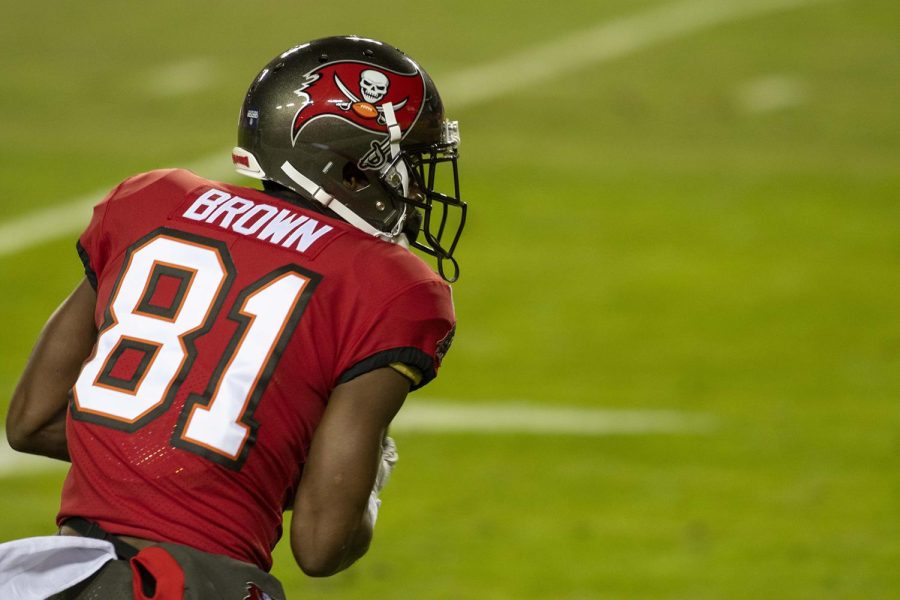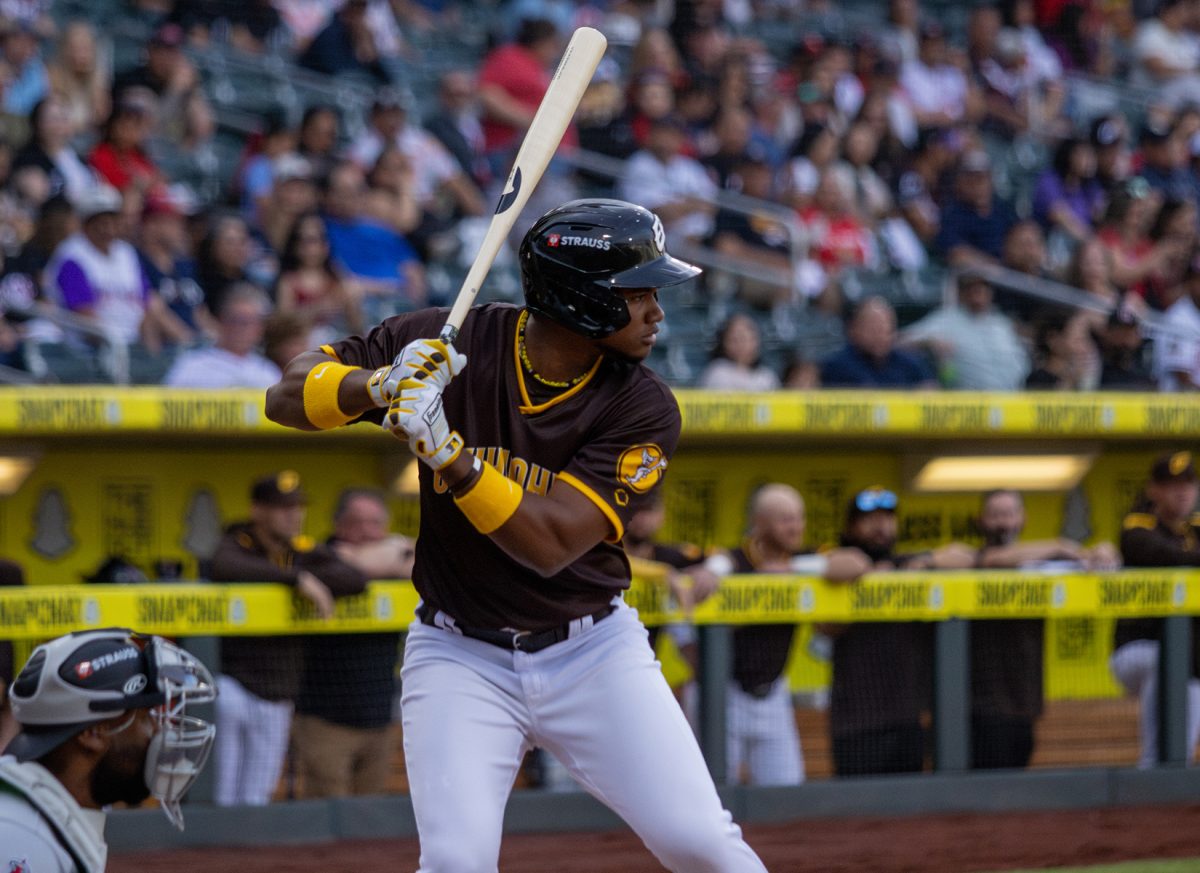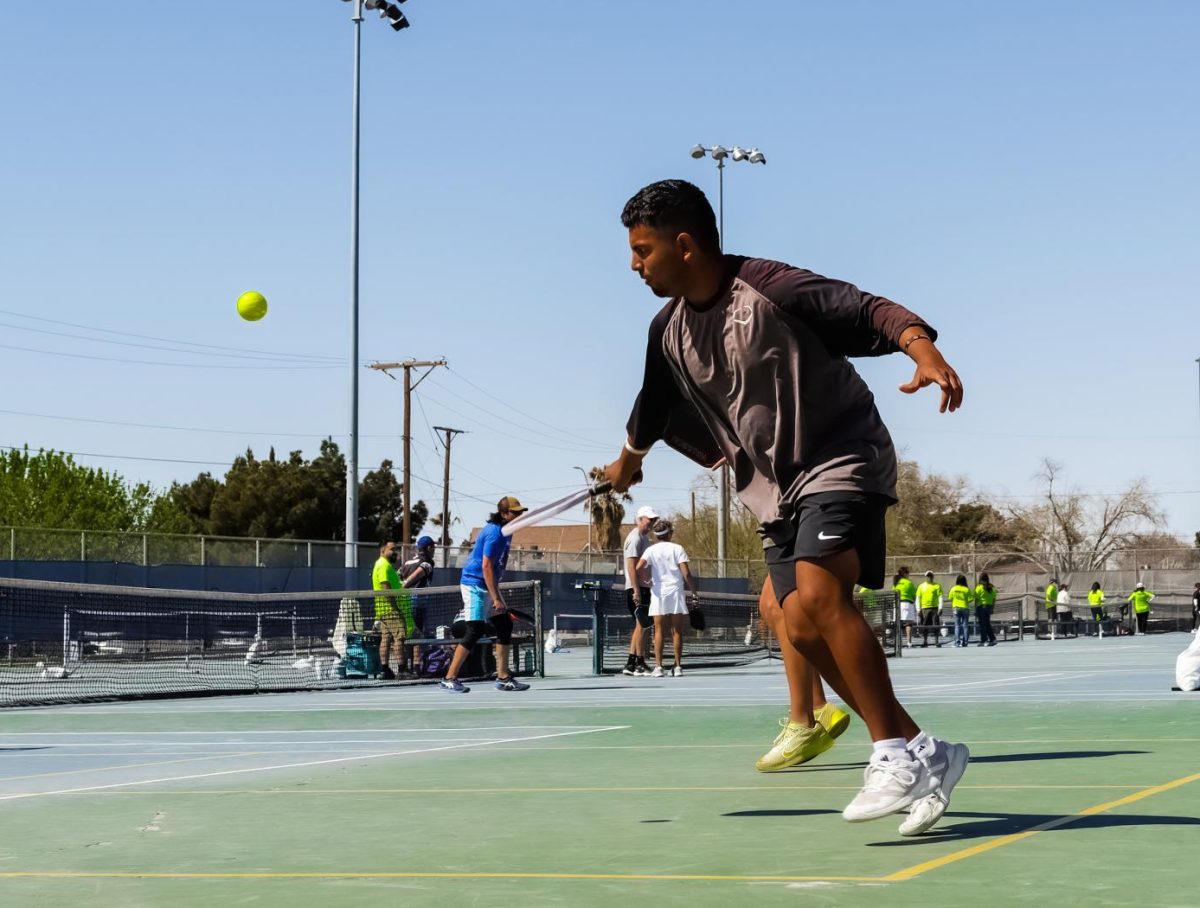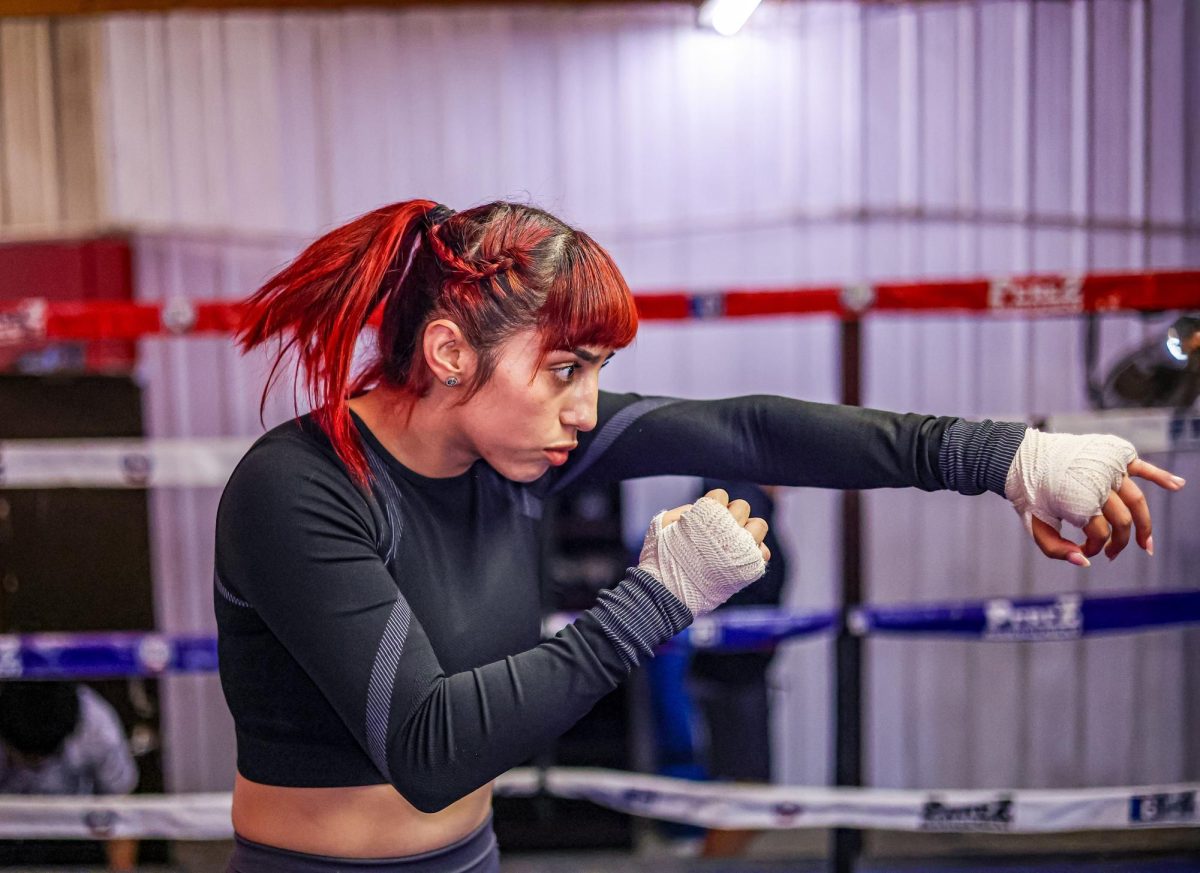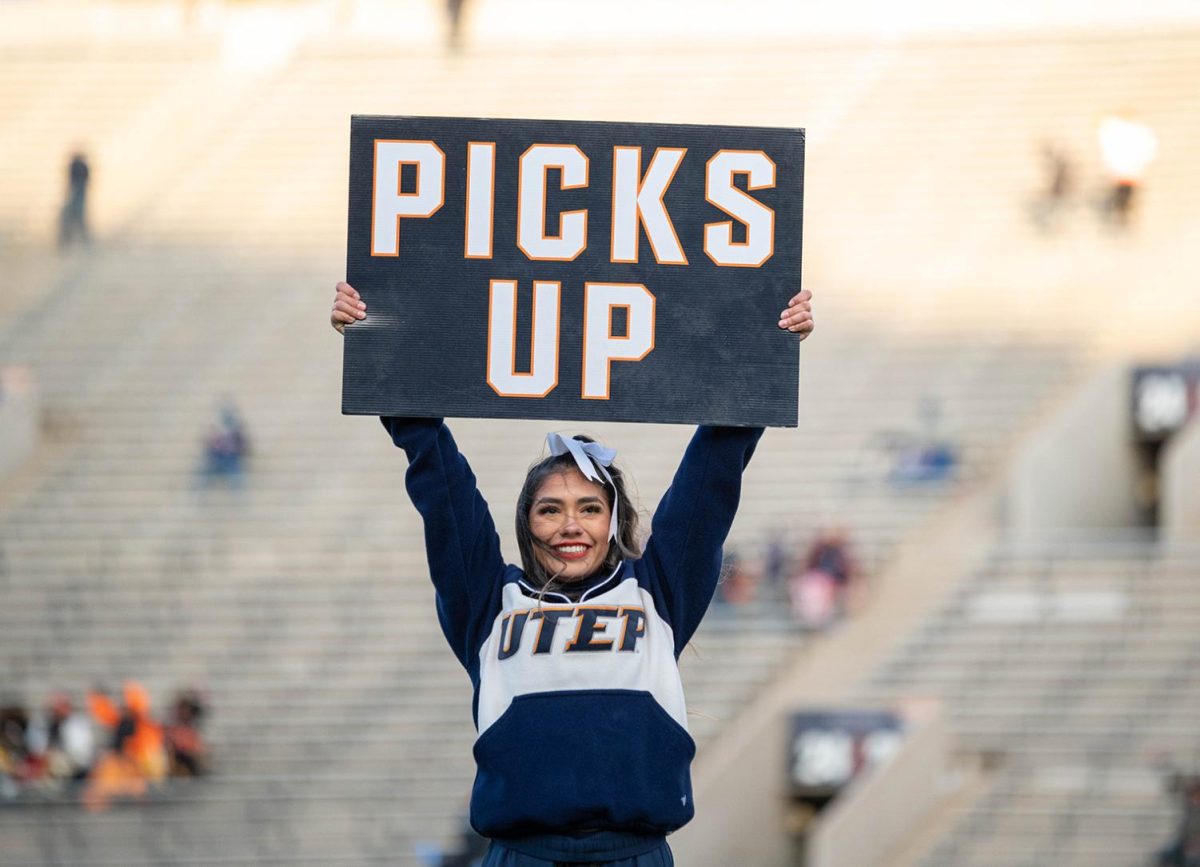When it comes to the NFL, the question of player safety and adverse health effects has been circulating in the company space and various media platforms for years. There have been numerous studies that link playing American football to long-term neurological and physiological conditions.
According to one Harvard University article, the sport has been connected to things like mental illness, memory loss, Alzheimer’s, anterior cruciate ligament (ACL) tears, arthritis, heart conditions, musculoskeletal issues and, most notably, chronic traumatic encephalopathy (CTE).
The topic of player safety and the general significance of their wellbeing has once again been called to attention following a medical emergency that occurred Jan. 2, during a Monday Night Football game between the Buffalo Bills and Cincinnati Bengals.
Bills’ safety, Damar Hamlin, was involved in a routine tackle that resulted in him collapsing and going into cardiac arrest. He received immediate medical attention on the field including CPR, the use of an automated external defibrillator (AED) and intubation upon being placed in an ambulance. Hamlin was then rushed to UC Medical Center in Cincinnati and treated to stabilize his initial critical condition.
One main concern following his accident is how the NFL and NFLPA (NFL Players Association) plan to correct and prevent further serious injuries like this from occurring.
According to the NFL Player Health and Safety section of its website, there are safety protocols in place and protective gear assigned to athletes to mitigate the medical risks of playing football.
The website states, “the Player Safety Advisory Panel submits formal recommendations directly to the Competition Committee and the Commissioner. Their analysis covers all injuries impacting players, including concussions and ACL/MCL tears, and considers how protocols and rules changes are making an impact on player safety.”
One of the first articles on the website now is about how to respond to sudden cardiac arrest on the field. There is even a competition called “NFL Contact Detection Challenge” led by the NFL and Amazon Web Services where the company invites experts to submit new ways for measuring the time, duration and frequency of player contact.
When the legal plays or designated uniforms are violated, the players receive penalizations like fines depending on whether it is the first or second offense. Even if this creates an incentive for athletes to adhere to the safest methods of playing football, the environment of the sport itself leaves much room for incidents regardless.
In Hamlin’s case, although there is still no personal update as to what caused his cardiac arrest, cardiologists are speculating that he suffered from a rare phenomenon known as commotio cordis. This is when a person falls into cardiac arrest after being struck in the chest directly over the heart during a critical point in a heartbeat.
It may seem like a freak accident, but there have been plenty of injuries to this extent that have been suffered while playing football.
In 2016, then Pittsburgh Steelers wide receiver Antonio Brown suffered from a concussion after being tackled by Bengals linebacker Vontaze Brufict. In 2017, Pittsburgh Steelers linebacker, Ryan Shazier, became paraplegic after making a headfirst tackle against Bengals wide receiver Josh Malone. Miami Dolphins quarterback, Tua Tagovailoa was ruled out of participating in their second playoff game in 14 years due to his most recent concussion in the 2022-2023 season.
Despite having rules and gear set to protect each player’s safety, the NFL and NFLPA still have a long way to go in terms of their research and care. The company remains to be just that, a company. The doctors and scientists that make calls to the athletes’ health have all been appointed by people within the NFL. The company has its own medical and engineering advisors as stated on its website.
How can an informed and unbiased decision about player safety be determined from the inside?
Finding a safe way to play the game is the ultimate goal for athletes and fans alike. Where Hamlin’s first words after waking up in the hospital were, “did we win?” The more pressing matter came from his medical team’s response, “Damar you won. You won the game of life.”
Meagan Garcia is the arts & culture editor and may be reached at [email protected].



